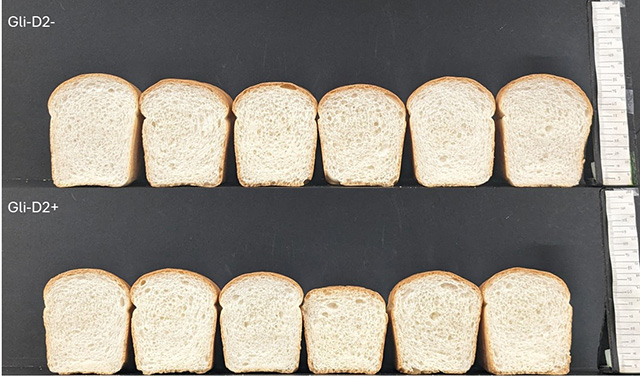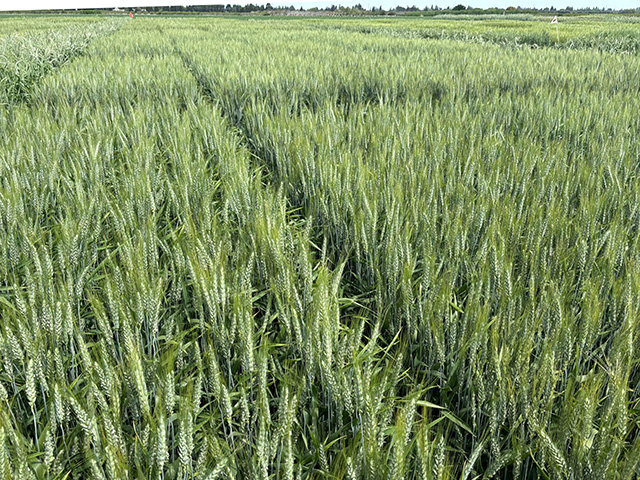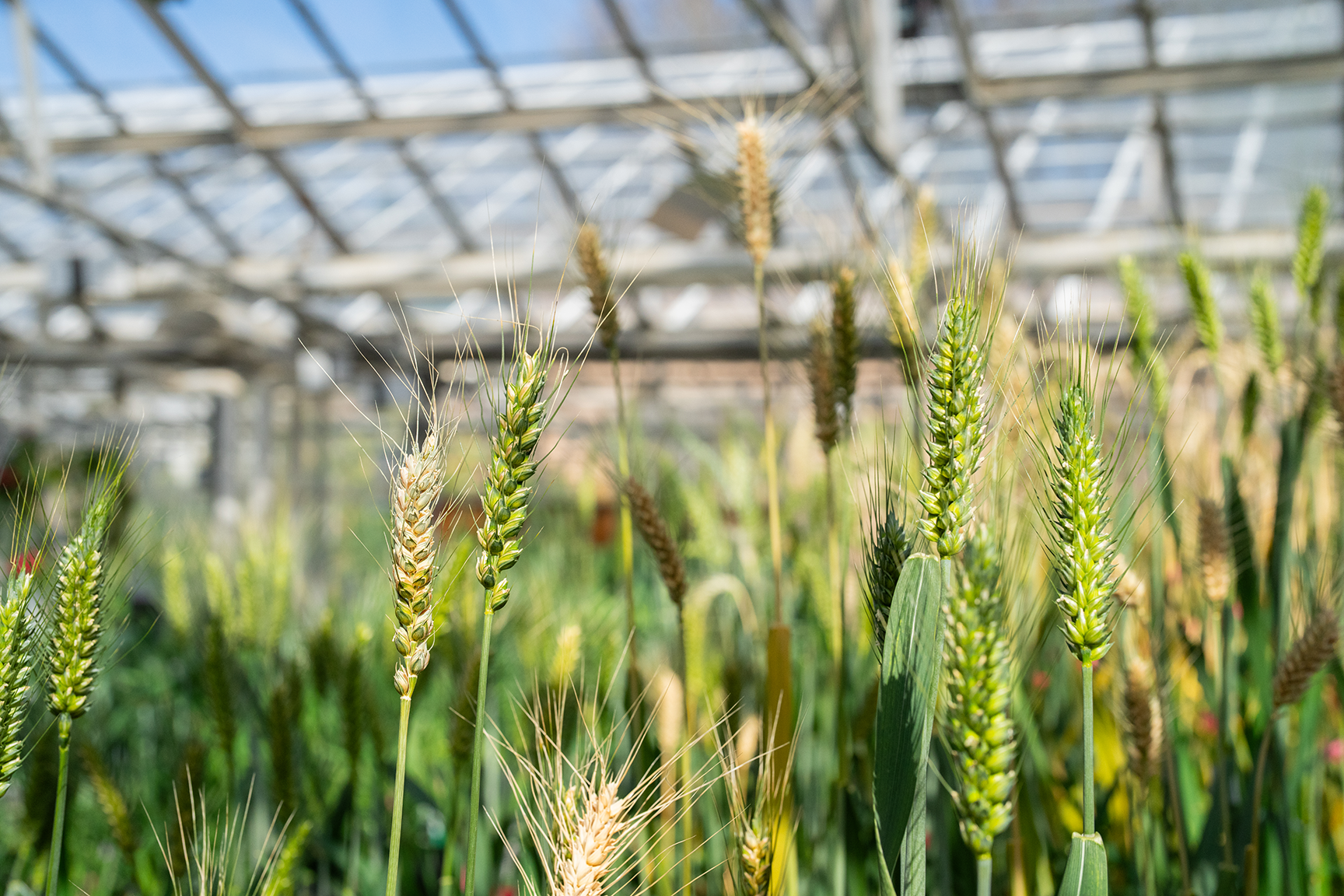
Targeting gluten: Researchers delete proteins in wheat harmful to people with celiac disease
New varieties offer good yield, breadmaking quality

Wheat is a major source of protein, carbohydrates and calories worldwide. Its distinctive proteins – the gluten – are what gives bread and pasta dough their texture and elasticity. But gluten also can cause autoimmune reactions such as celiac disease, which is growing in prevalence worldwide.
Researchers at the University of California, Davis, have deleted a cluster of genes in wheat that generates gluten that can trigger immune reactions, without harming the breadmaking quality of this globally nutritious crop.
The findings, published this month in the journal Theoretical and Applied Genetics, won’t produce a celiac-safe form of wheat, but they represent a critical step forward in celiac disease research, said Maria Rottersman, a lead author on the paper. She is a doctoral student in plant biology working in the lab of wheat geneticist Jorge Dubcovsky, in the Department of Plant Sciences.
“The gluten proteins we eliminated are the ones that trigger the strongest response in people with celiac disease, and their elimination can reduce the risk of triggering the disease in people without celiac disease,” Dubcovsky said.

Gluten is comprised of two classes of proteins – glutenins and gliadins. Deleting them all would lower the quality of bread. The research team used gamma radiation to target and delete alpha-gliadins, which can cause severe reactions in people with celiac disease.
“Wheat is a staple crop, and many people are reliant on it for calories,” Rottersman said. “It becomes a barrier when people are not able to safely eat wheat. Alpha-gliadins are definitely candidates for removal in terms of trying to create a less allergenic wheat.”
On the market
The team produced seeds from these edited varieties and tested the quality of the wheat and dough at the California Wheat Commission quality lab. Once the value of these breeding lines was established, they were deposited in the Germplasm Resources Information Network, or GRIN, operated by the Agricultural Research Service of the U.S. Department of Agriculture to make them widely available.
“The exciting thing that we found is that the quality of the flour produced by this wheat is actually, in some cases, improved,” Rottersman said. “Growers can not only grow it but can expect to have a higher quality product, which I think is a huge incentive for folks to widely adopt this variety. They can be planted in the same way that normal wheat is planted.”
Artisanal bakers, millers and farm-to-fork operations have expressed interest in the new varieties. The seeds are planted like any other crop and don’t require special handling. The varieties are conventionally bred and suitable for California, Rottersman said.
“It was previously assumed that the elimination of gliadins would have a negative effect on breadmaking quality,” Dubcovsky said. “Our study shows that this is not always the case and that we can reduce wheat allergenicity and improve quality at the same time.”

German Burguener, Joshua Hegarty, Junli Zhang, Wenjun Zhang and Xiaoqin Zhang in the Department of Plant Sciences contributed to the research. Additional contributors were from the UC Davis Proteomics Core Facility, the Howard Hughes Medical Institute, the California Wheat Commission and the USDA’s Agricultural Research Service.
Funding for the research came from the Celiac Disease Foundation, USDA’s National Institute of Food and Agriculture, the Howard Hughes Medical Institute and the Foundation for Food and Agriculture Research.
Media Resources
- Maria Rottersman, Department of Plant Sciences, mgrottersman@ucdavis.edu
- Emily C. Dooley, College of Agricultural and Environmental Sciences, ecdooley@ucdavis.edu
- Kat Kerlin, UC Davis News and Media Relations, 530-750-9195, kekerlin@ucdavis.edu
